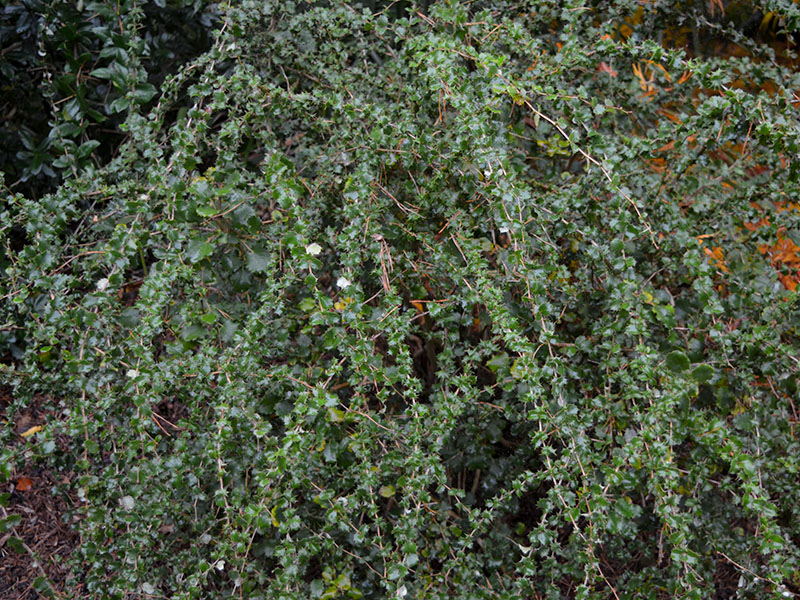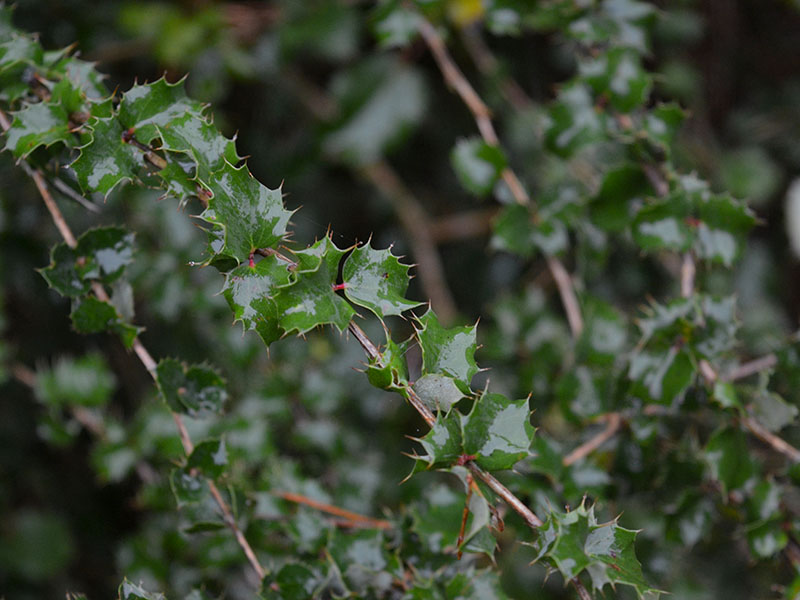
Woody > Berberis > Berberis congestiflora > Berberis congestiflora
Berberis congestiflora
Origin: Native to Chile and Argentina.
| Family |
| berberidaceae |
| Genus |
| Berberis |
| Species |
| congestiflora |
| Category |
| Woody |
| Type |
| Shrub (evergreen) |
| USDA Hardiness Zone |
| 6 - 9 |
| Canadian Hardiness Zone |
| 6b - 8b |
| RHS Hardiness Zone |
| H4 - H6 |
| Temperature (°C) |
| (-20) - (-5) |
| Temperature (°F) |
| 4 - 23 |
| Height |
| 2 - 3 m |
| Spread |
| 1.5 - 2 m |
Photographs
Description and Growing Information
Flowering Period
| General Description |
| A prickly evergreen shrub with fragrant flowers blooming in late spring. |
| Landscape |
| Hedges, screening. |
| Cultivation |
| Grow in moist, well-draining soil with full sunlight. |
| Shape |
| Bushy. |
| Growth |
| Medium |
| Pests |
| The bacteria Pseudomonas berberidis may cause black spots on leaves, and the berberry aphid (Liosomaphis berberidis) may also be a problem. |
| Habitat |
| Mountain ranges in dry envroments. |
| Notable Specimens |
| Wakehurst Place, Ardingly, Haywards Heath, Sussex, England. |
| Propagation |
| Propagate by semi-hardwood cuttings. |

